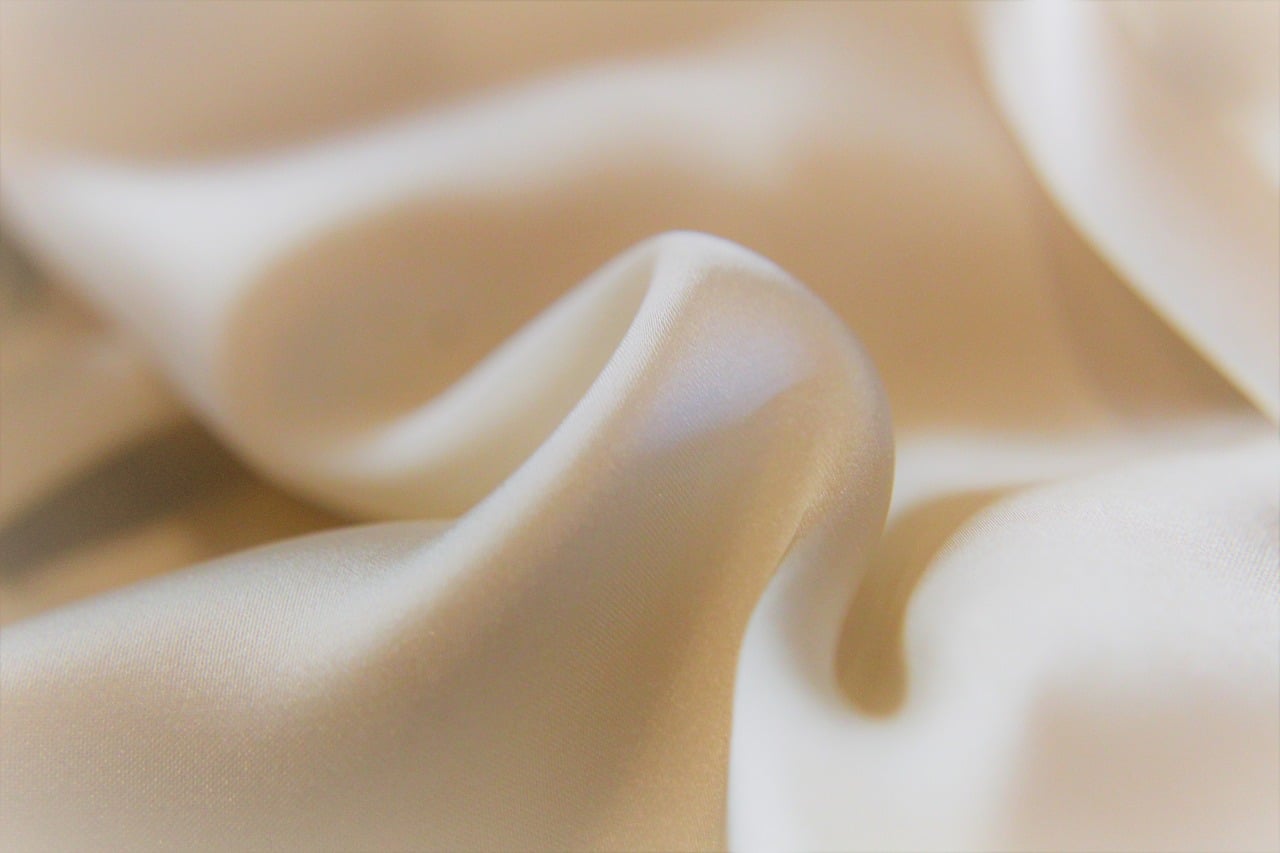
Catholicism used to use white sheets as shrouds.
Characteristics
The shroud is similar to a sheet , although its characteristics vary according to each culture. They are generally manufactured in white as this symbolizes purity. The shrouds, on the other hand, allow people to be equal: thus, in the tomb , there are no differences between the poor and the rich in terms of clothing.
Catholics, for example, used to use a white sheet to cover the body of the long-dead. Such was the case of San Isidro Labrador , who lived in an area that currently belongs to Madrid, Spain, between the end of the 11th century and the end of the 12th century. People who practice this religion can expressly request in their will to be dressed with a shroud of such characteristics or with specific reasons that respond to a particular order.
Beyond these symbolisms, in many regions there are other customs that dispense with the use of shrouds. In some areas, tunics are used and in others it is common to use the clothes of the deceased directly.
Brotherhood of the Sacred Shroud
The group that, in Spain , parades during Holy Week representing Jesus Christ descended from the cross with his sacred shroud, is known as the Brotherhood of the Sacred Shroud . There are brotherhoods of this type in different cities.
This particular brotherhood belongs to the Andalusian city of Seville and its headquarters is located where the Convent of Our Lady of Peace used to be. The history of this brotherhood is not very clear, although the time in which it was created is usually located in the 16th century. There is evidence of their existence in the year 1592 thanks to the penances they carried out at that time.
sheet of paper
In the Dominican Republic , Panama and Cuba , on the other hand, the sheet of paper used to roll cigarette tobacco is called shroud, as detailed by the Royal Spanish Academy (RAE) in its dictionary.
Etymology
The etymology of the word shroud in the sense of clothing to cover a corpse comes from the Latin mortualia (which translates as " mourning clothes" ), in turn derived from mortuus (translatable as "dead" ). This is a term that we already find in some written works from the 13th century, which is related to the verbs amortajar and mortajar .
Returning to mortualia , we can say that it went through the change known as gutturalization , which is why the li group was lost in favor of a J , something that we can also observe in filius (the Latin term that led to son ). The letter u was also reduced, something that may have happened because this term was crossed with mortalia , the neuter plural of the adjective mortalis (meaning " mortal ").

Mortise is also a notch that allows one element to fit into another.
It is necessary to note that mortualia is also a neuter plural, but from mortualis , an adjective that refers to a "dead." With the meaning of " funeral songs", we find it from the 3rd century BC. C. in the work of the comediographer Tito Maccio Plauto . The Roman writer Gnaeus Nevio , for his part, also used it in the 3rd century BC. C. to refer to "mourning clothing" and, later, "clothes for the deceased."
The notion of shroud, meanwhile, may have another etymological origin. When it comes from the Middle French mortaige , it refers to a notch : that is, the incision made in an element so that another can be fitted.
